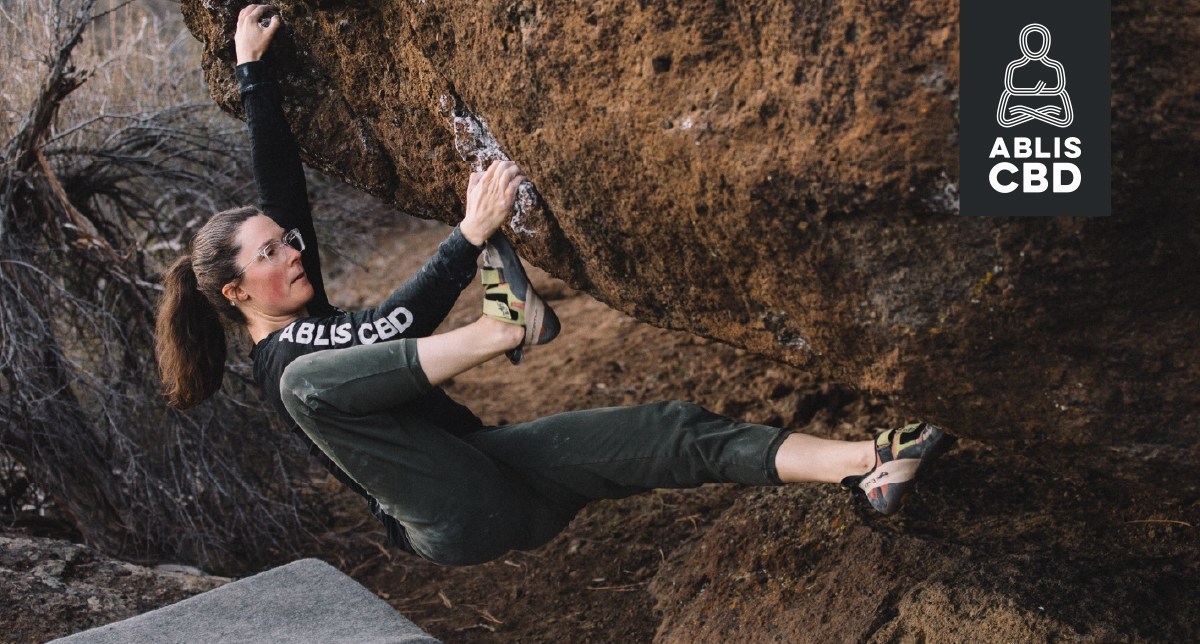Meet Pro Athlete and Record-Breaking Runner Renee Metivier

I’ve been running for a long time, but I originally started out in soccer and gymnastics. Through a series of injuries, I found running in high school, and it captured me from the beginning. I ended up winning state my senior year of high school and getting a full-ride scholarship to Georgia Tech. But there,…
How To Relieve Sore Muscles: Advice from a Pro Athlete

by Renee Metivier Muscle soreness can put a massive damper on your training as an athlete, and poor recovery can ultimately lead to injury. The older I get the more I realize how crucial recovery is to not only healthy training but longevity. I’ve been running for a long time. I started running in high…